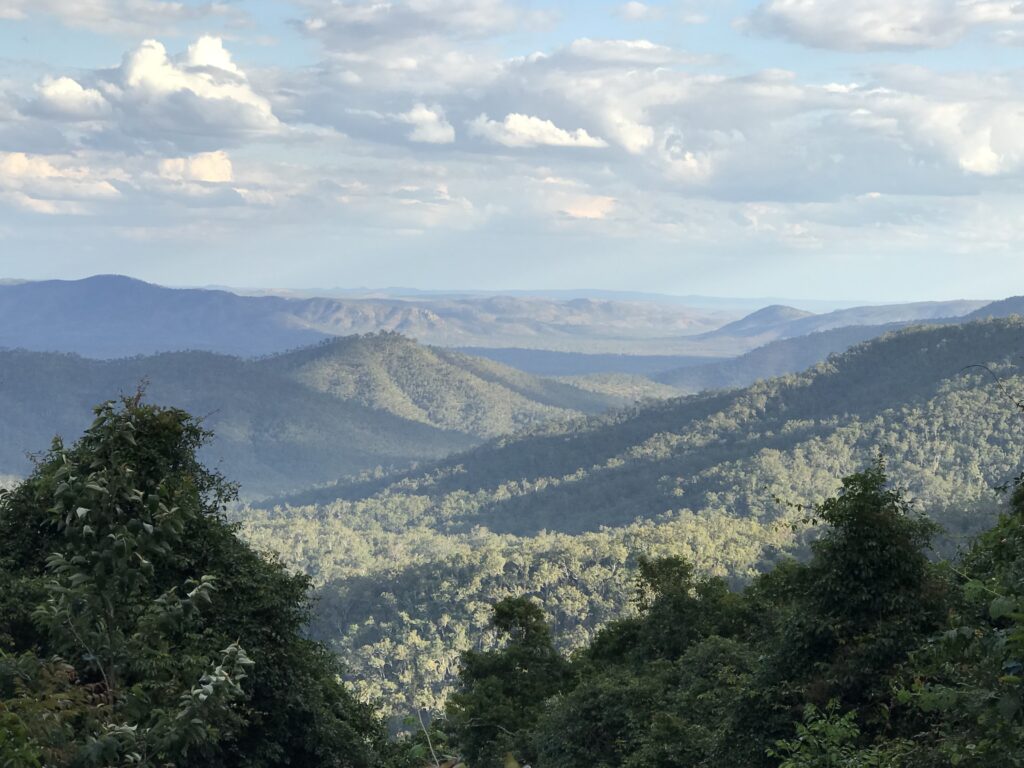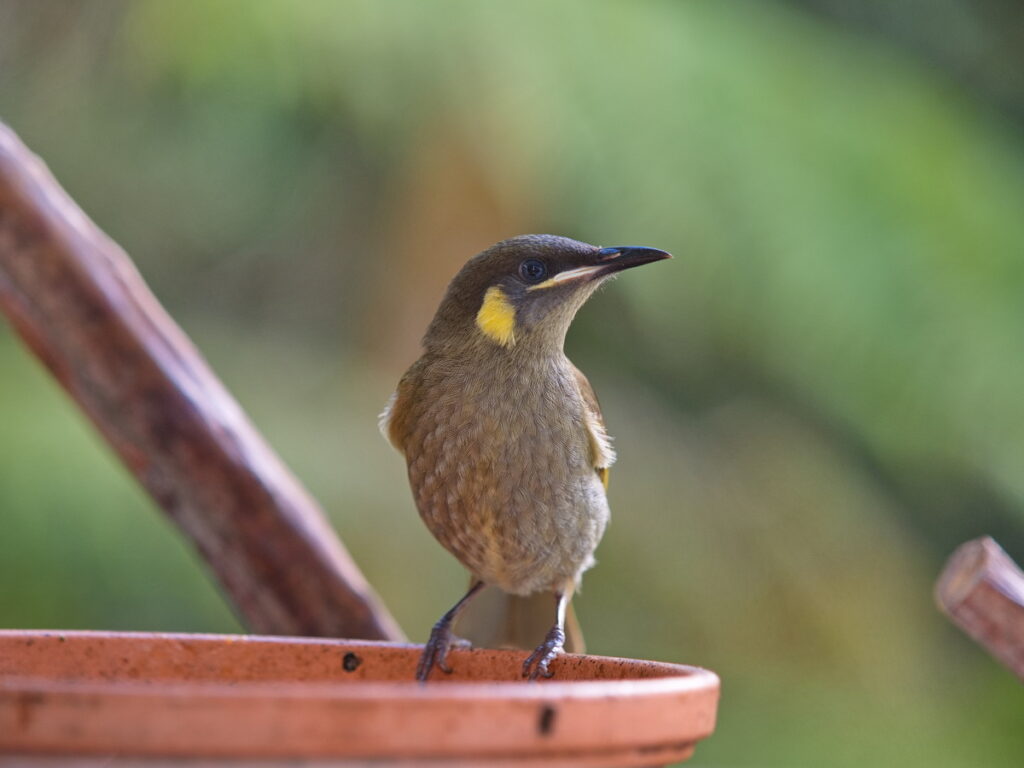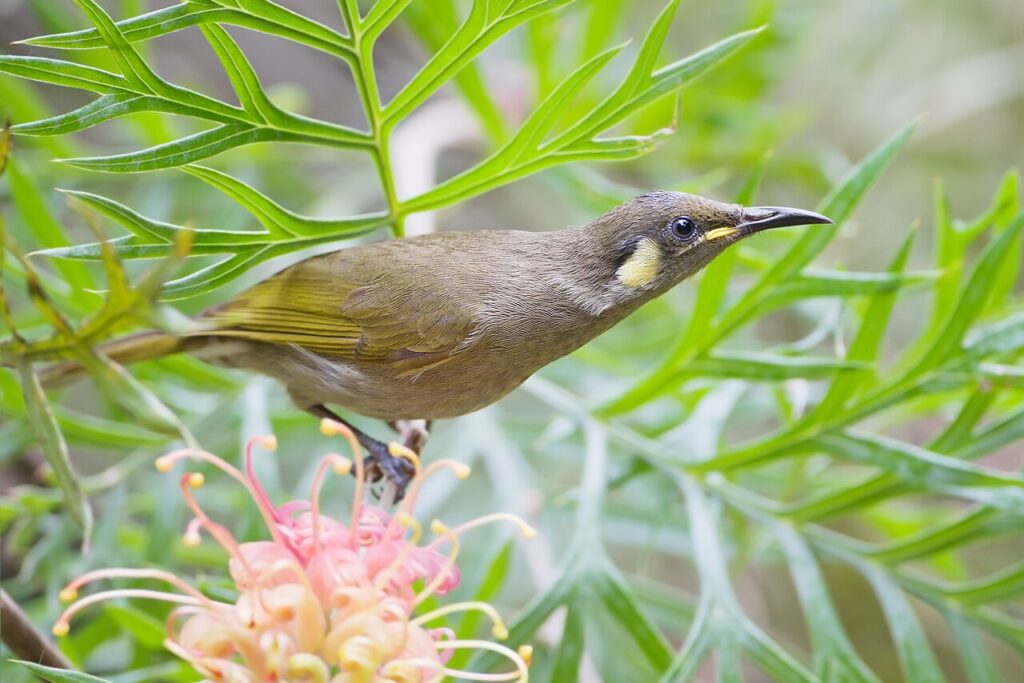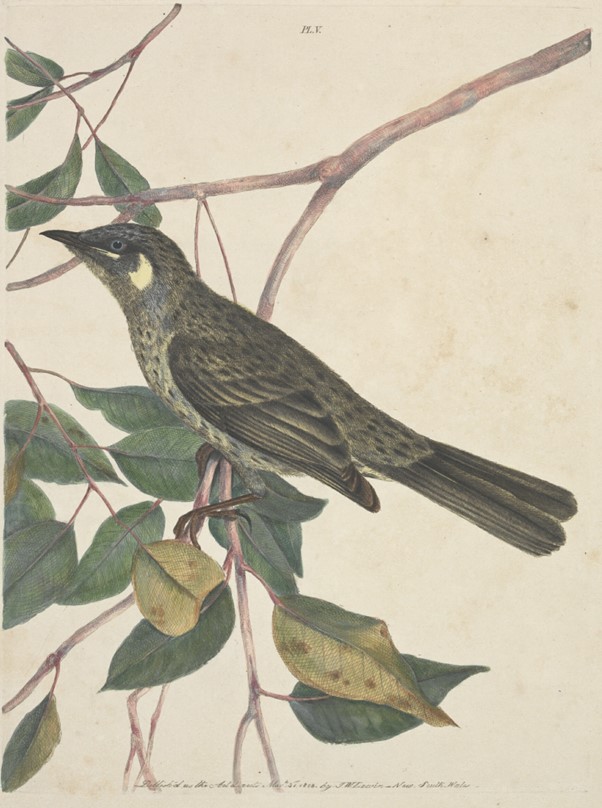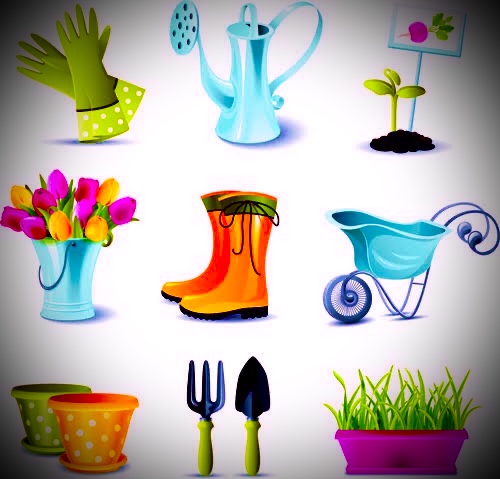Our Master of Games, Peter Klumpp has declared the Paluma Mini Olympic Games Night held on Saturday August 17th at the Community Hall a rousing success. In Peter’s words, “There was much fun and laughter!” A live auction was held at the start of the night for one of Paluma’s prime athletes, Mark, to be a games partner for the night. This alone raised $110! Wife of said ‘prime athlete’ set the reserve at 5cents, so well done to all who attended to get that final price result!
Everyone enjoyed competing in the games of Table Tennis, Foosball-table soccer, Badminton, Axe Throwing, Indoor Bowls, Indoor Golf, Quoits, Cornball, Skittles, Darts and even Knock-em downs. There were 16 teams plus children playing as well as spectators, around 50 people all up. Noise and laughter could be heard throughout the village.
Much merriment and technical prowess was aided by Lynda’s infamous mulled wine and other offerings at the bar. The badminton room was a winner, with the younger members of the community having a smashing time. The Viking axe throw was heart-stopping and quite intense with some not able to watch where the axes landed.
At the end of the night it was Sandy Smythe and Stuart Watterson who won the gold cup and chocolates. At the conclusion to the games, many participants sat around the fire-pit enjoying a “quiet drink” and debating their close wins and losses. The sausage sizzle, onions and coleslaw was a success thanks to Mark and Wendy, Lynda and Wilfred.
Kudos to Peter, Dorothy and their dynamic team for another fabulous games night. It was a wonderful way for new residents to experience the friendly and helpful attitude of the locals at Paluma.
Text: Peter Klumpp and J Poletto Images: Peter Klumpp




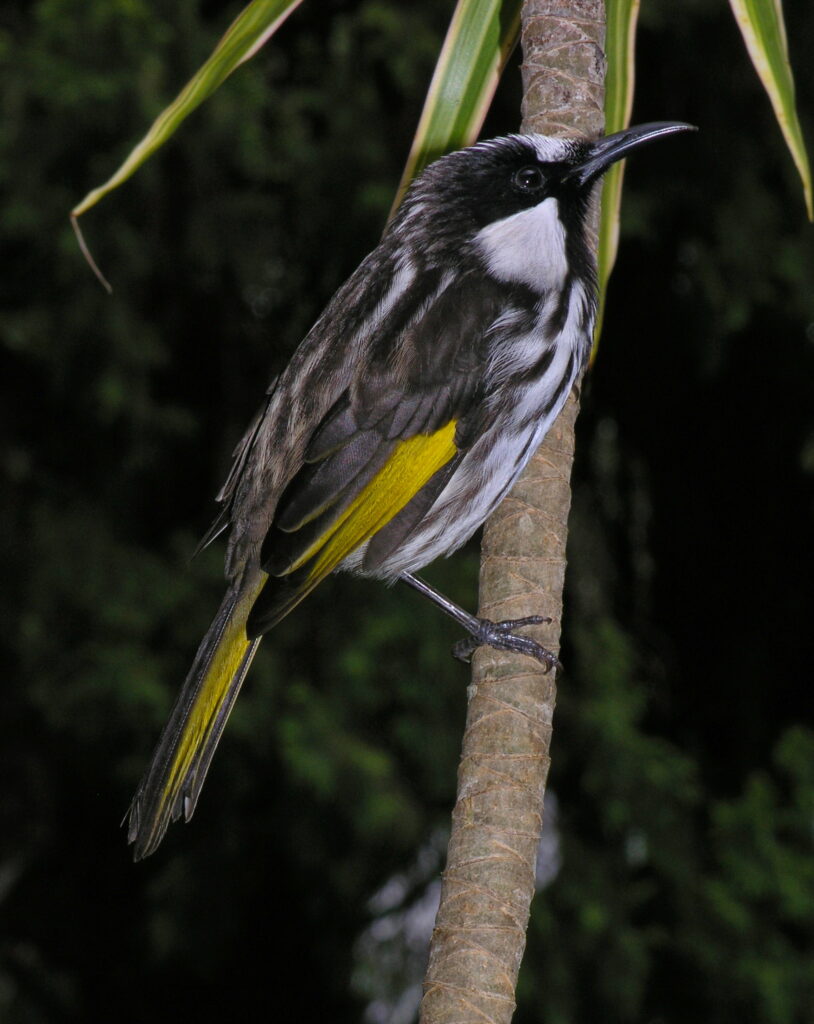
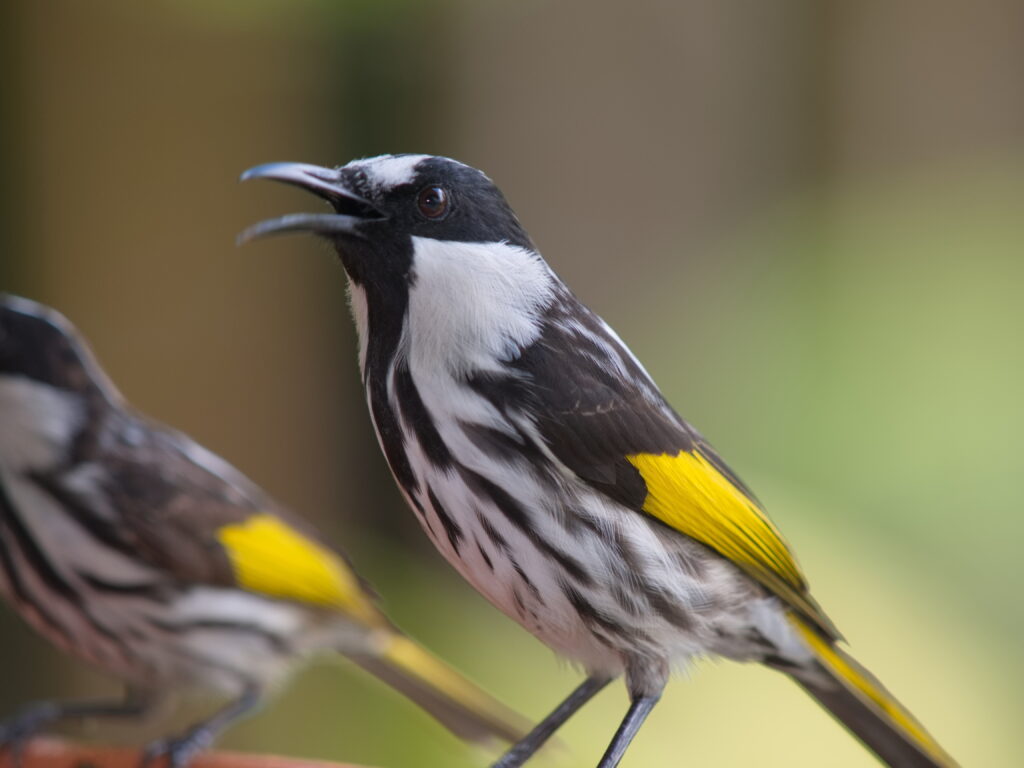
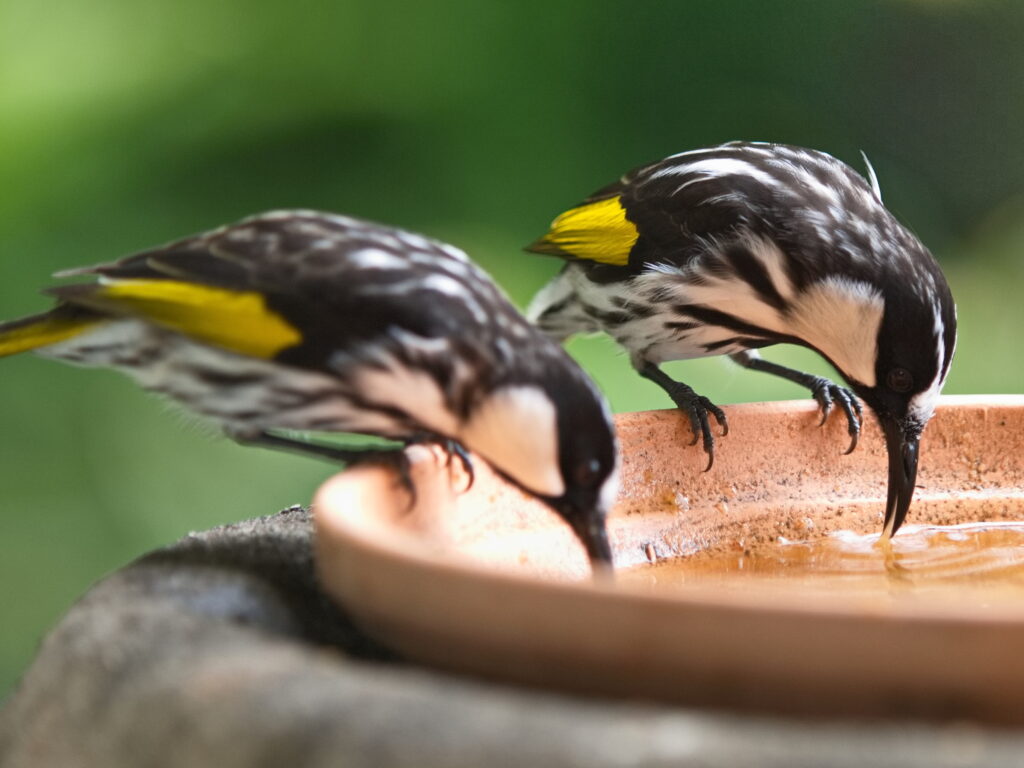
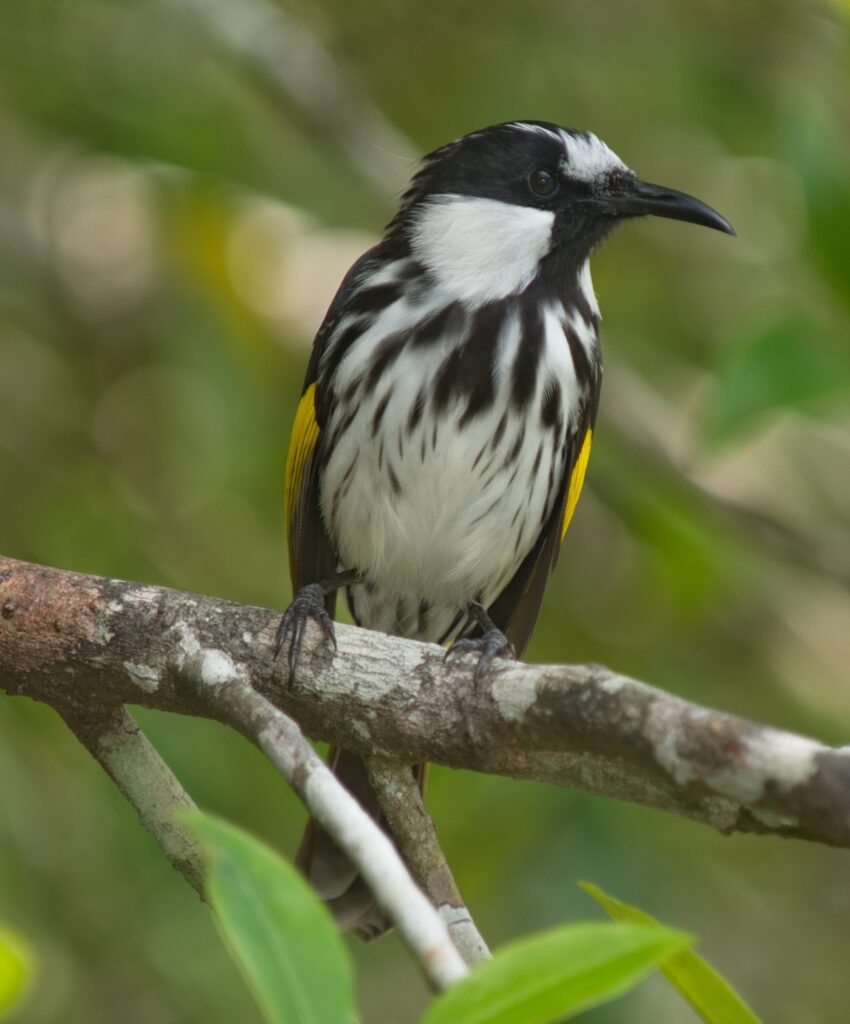
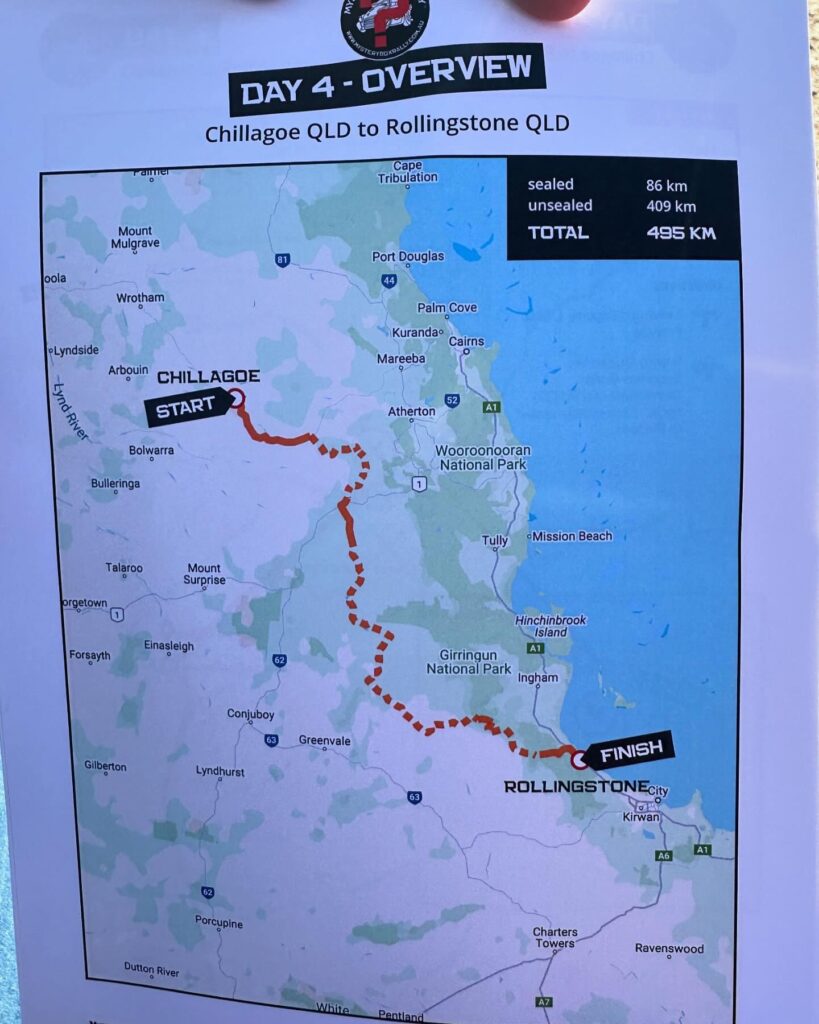




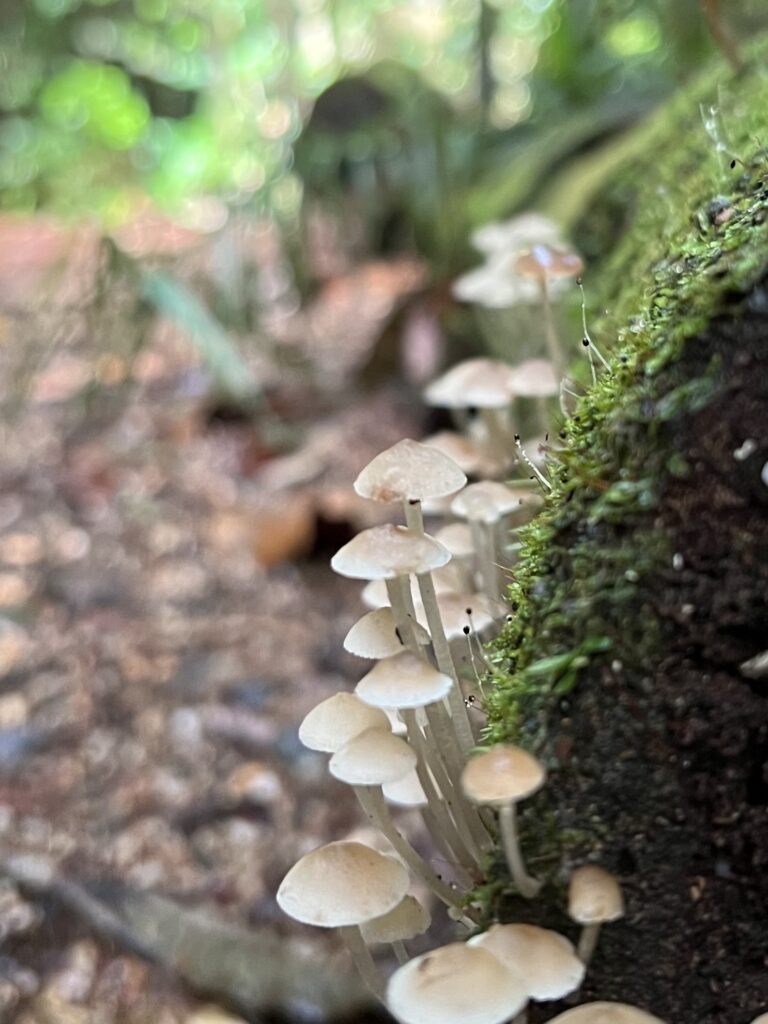
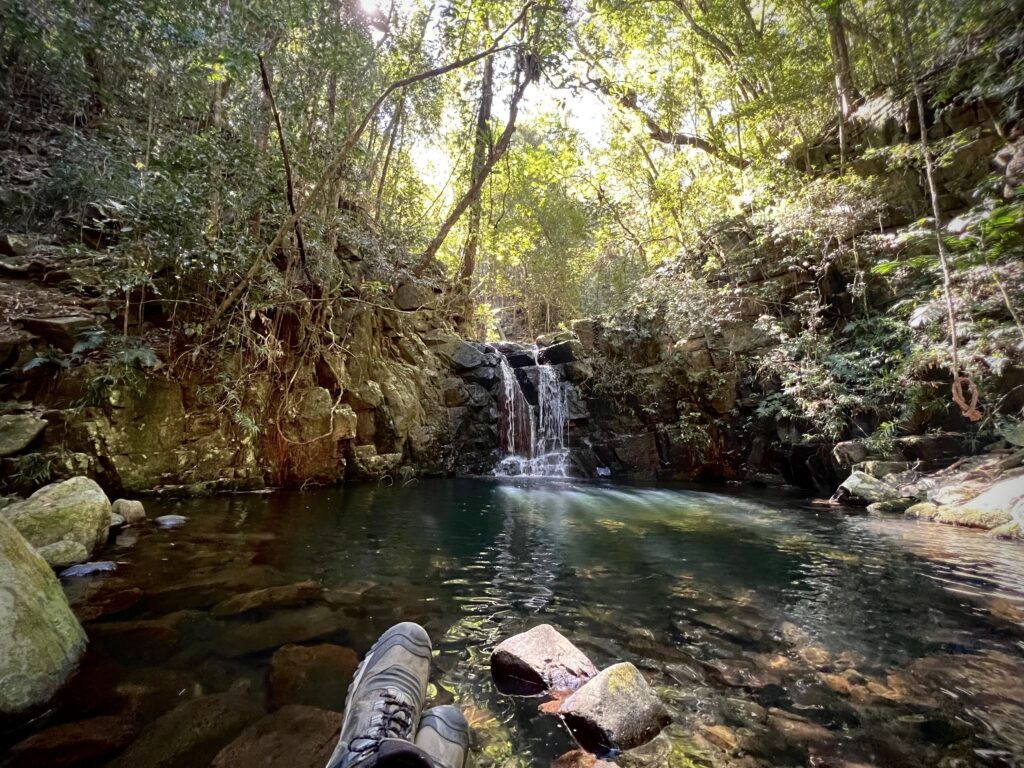
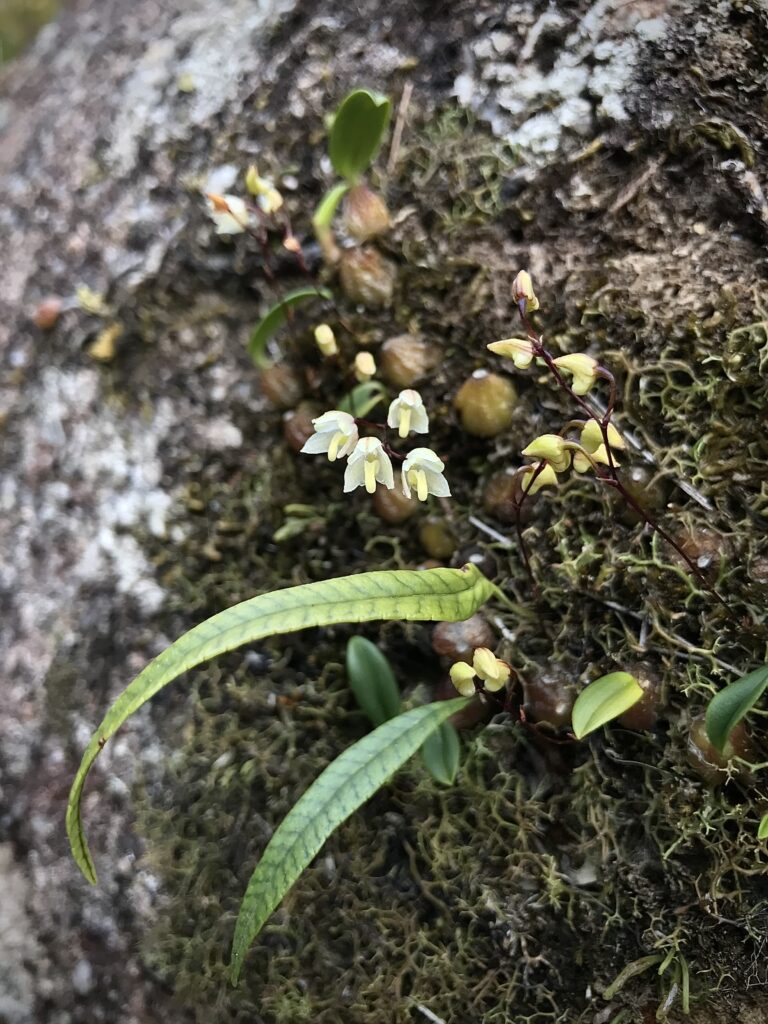
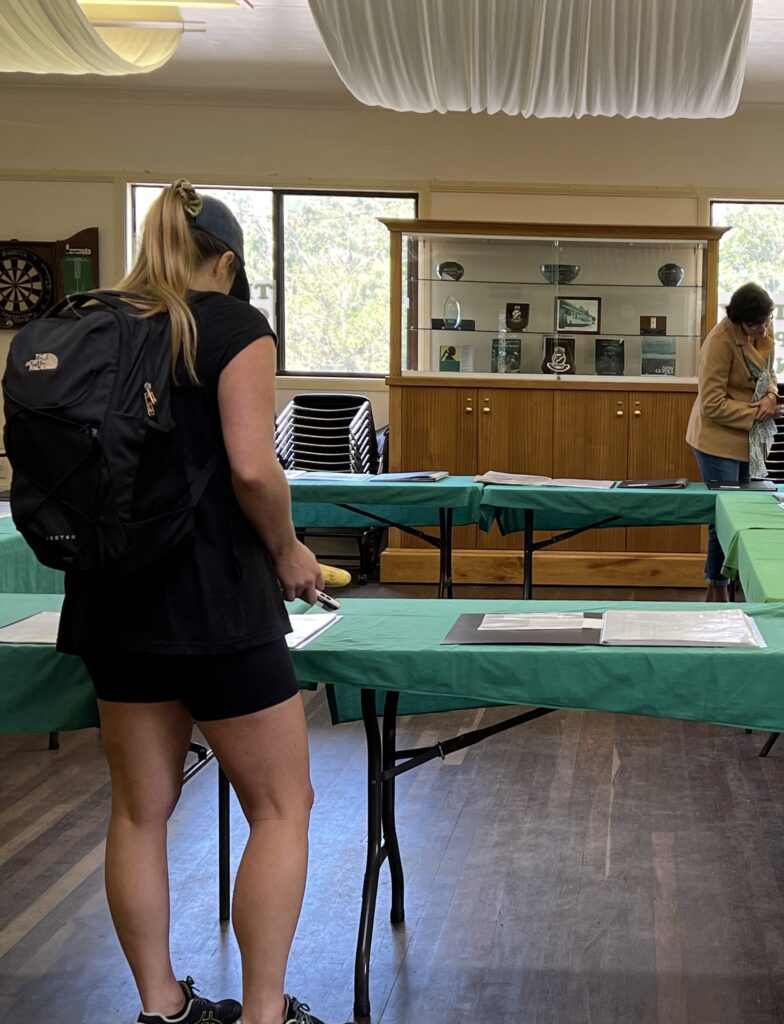
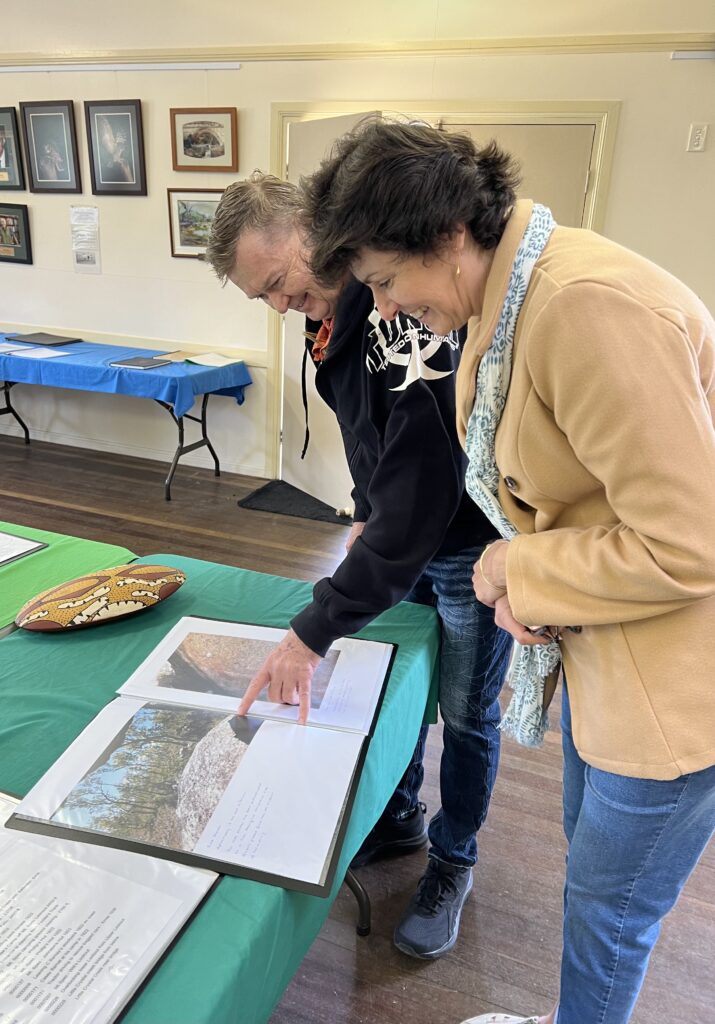
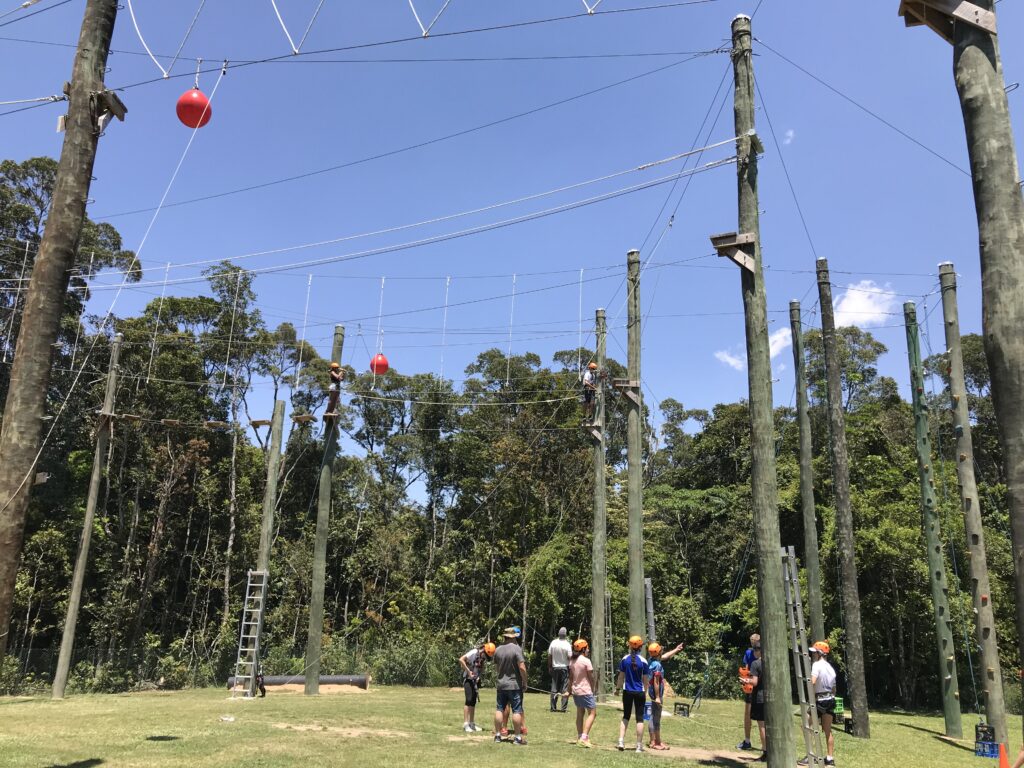
 ), its key draw is its cool, misty climate and incredible walks featuring waterfalls, fascinating biodiversity and blissful peace. Our very own ‘Blue Zone’ right here on our doorstep… literally.
), its key draw is its cool, misty climate and incredible walks featuring waterfalls, fascinating biodiversity and blissful peace. Our very own ‘Blue Zone’ right here on our doorstep… literally. 